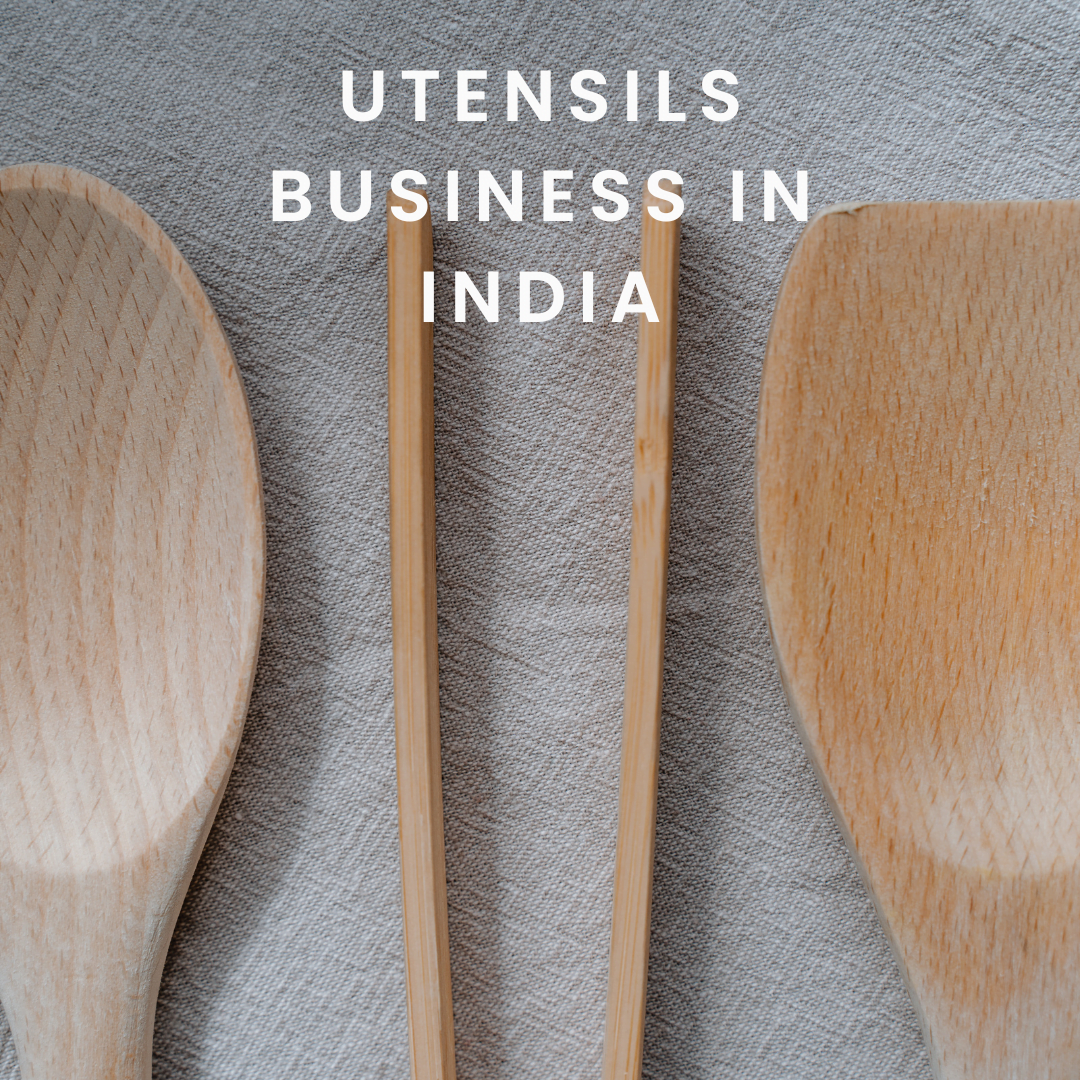The utensils business in India is a thriving industry with a rich history. From traditional handcrafted utensils made of brass, copper, and silver to modern stainless steel and non-stick cookware, the Indian utensils market offers a wide range of options for consumers.
This article will provide a comprehensive overview of the utensils business in India.
How to Start a Crockery Business In India
Introduction to Utensils Business in India
The utensils business in India is one of the oldest and most established industries in the country. The market is primarily driven by the demand for kitchen utensils, which are essential household items.
The utensils market is highly competitive, with both large and small players vying for a share of the market.
Types of Utensils
There are various types of utensils available in the Indian market, including traditional utensils made of brass, copper, and silver, modern stainless steel and non-stick cookware, and plastic and glass utensils.
The most popular traditional utensils include kadhai, tawa, and handi, while stainless steel and non-stick cookware are becoming increasingly popular.
Manufacturing of Utensils
The manufacturing of utensils is a highly specialized industry in India. Most utensils are produced in large factories, while some are still made by hand using traditional techniques.
The manufacturing process involves several stages, including casting, forging, pressing, and finishing.
Market Overview
The Indian utensils market is estimated to be worth over Rs. 200 billion, with a projected growth rate of 10-12% per annum.
The market is highly fragmented, with a large number of small and medium-sized players.
The market is dominated by unorganized players, which account for over 70% of the market share.
Key Players
The Indian utensils market is dominated by several key players, including TTK Prestige Ltd, Hawkins Cookers Ltd, and Nirlep Appliances Ltd.
These companies have a strong brand presence and offer a wide range of products, including stainless steel and non-stick cookware.
Distribution Channels
The distribution of utensils in India is primarily through two channels – offline and online. The offline channel includes retail stores, wholesale markets, and direct selling.
The online channel is gaining popularity, with several e-commerce platforms offering a wide range of utensils at competitive prices.
Government Policies
The Indian government has implemented several policies to support the growth of the utensils industry in the country.
The government has announced several schemes, including the National Mission on Food Processing, to promote the growth of the food processing industry, of which the utensils industry is a part.
Export Potential
The Indian utensils market has significant export potential, with several countries importing Indian utensils. The major export destinations for Indian utensils include the US, the UK, and the Middle East. Indian utensils are known for their high quality and unique designs.
Consumer Trends
The Indian consumer is becoming increasingly health-conscious, leading to a shift towards non-stick and stainless steel cookware.
Consumers are also looking for innovative designs and features in their utensils, such as induction-friendly cookware and easy-to-clean surfaces.
Future Outlook
The Indian utensils market is expected to continue its growth trajectory, driven by factors such as increasing urbanization, rising disposable income, and changing consumer preferences.
The market is expected to see increased competition from organized players and the emergence of new distribution channels.
10 facts about Utensils Business In India
- The utensils market in India is estimated to be worth over Rs. 5000 crores, with a projected growth rate of 7-8% per year.
- Stainless steel is the most popular material for utensils in India, followed by copper and aluminum.
- The utensils market is largely unorganized, with a significant portion of sales happening through traditional retail channels such as street vendors and small shops.
- The rise of e-commerce platforms in India has led to an increase in online sales of utensils, particularly for premium brands.
- Traditional utensil-making centers in India include Moradabad, Jaipur, and Chennai, with each region specializing in different types of utensils.
- The utensils market in India is highly competitive, with both domestic and international players competing for market share.
- The Indian government has implemented policies to promote the domestic manufacture and sale of utensils, such as the “Make in India” initiative.
- The popularity of cooking shows and culinary tourism in India has led to an increased demand for high-quality, aesthetically pleasing utensils.
- The Indian hospitality industry is a major consumer of utensils, with hotels and restaurants requiring large quantities of utensils for daily use.
- The utensils market in India is expected to continue growing in the coming years, driven by factors such as rising disposable incomes, urbanization, and changing consumer preferences.
In conclusion, the utensils business in India is a dynamic and diverse industry, offering a wide range of products to consumers. With the right combination of innovation, quality, and affordability, there is significant potential for growth and profitability in this industry.




